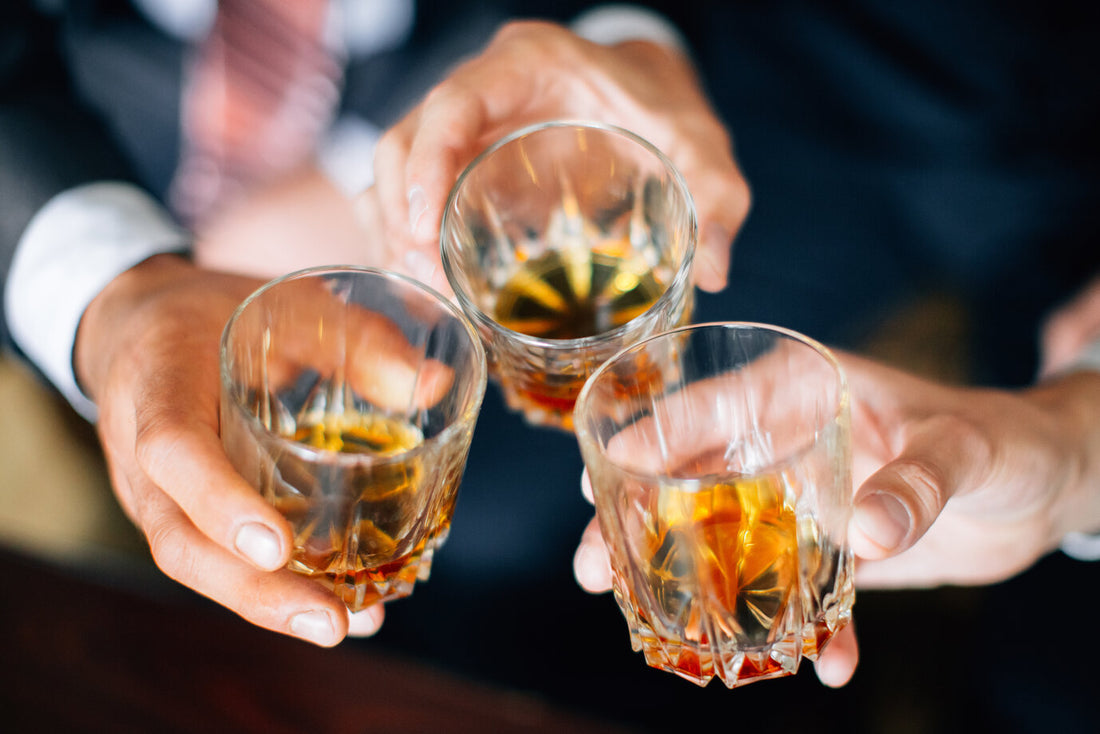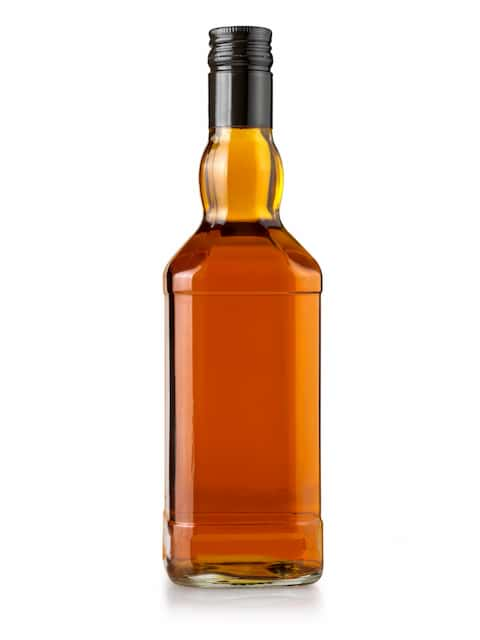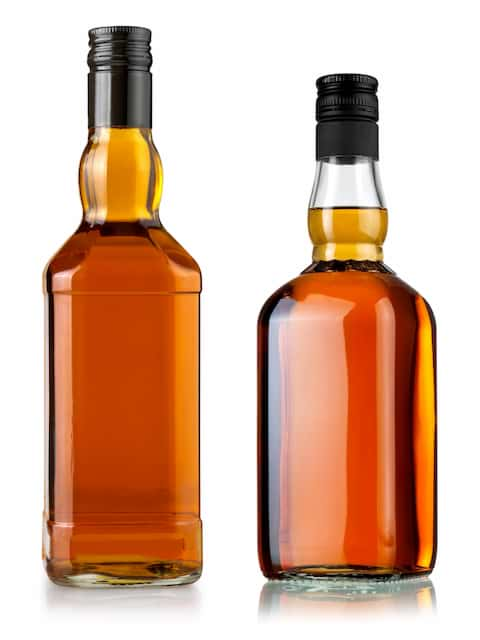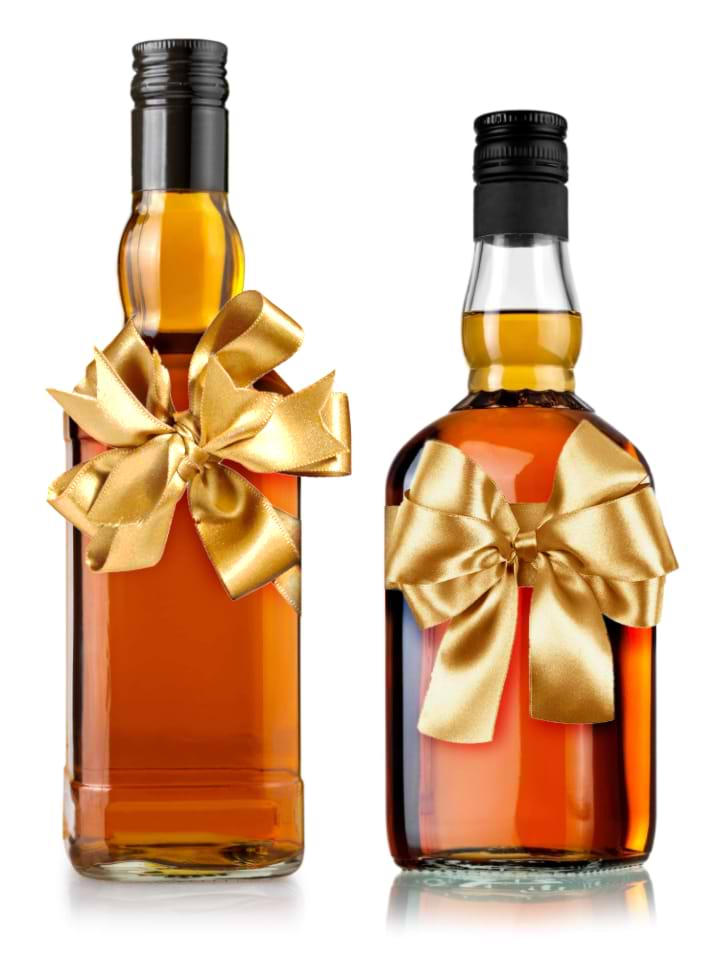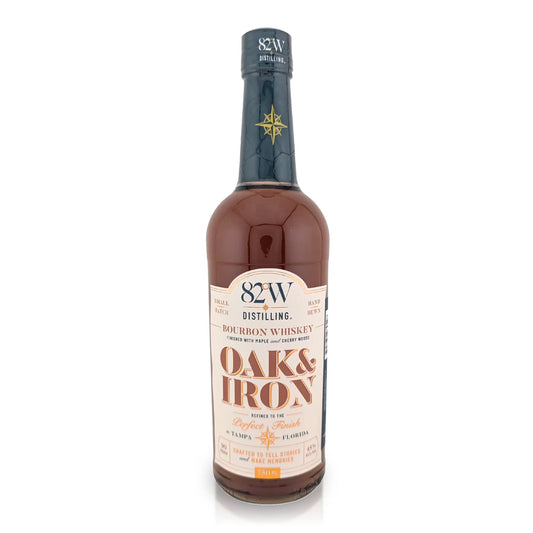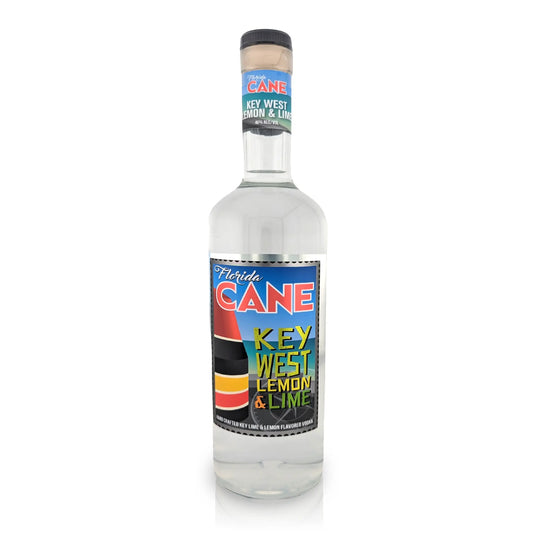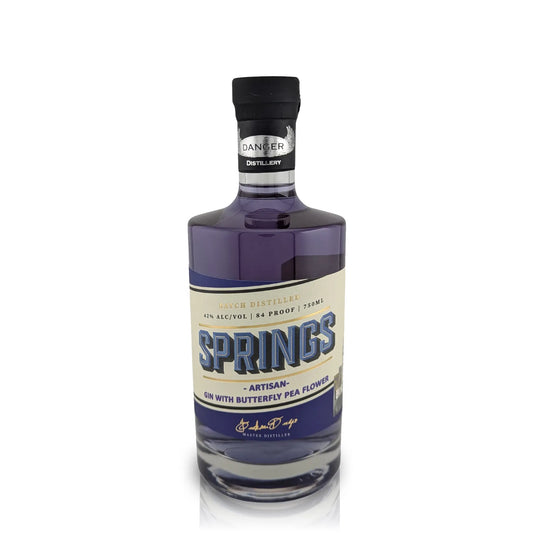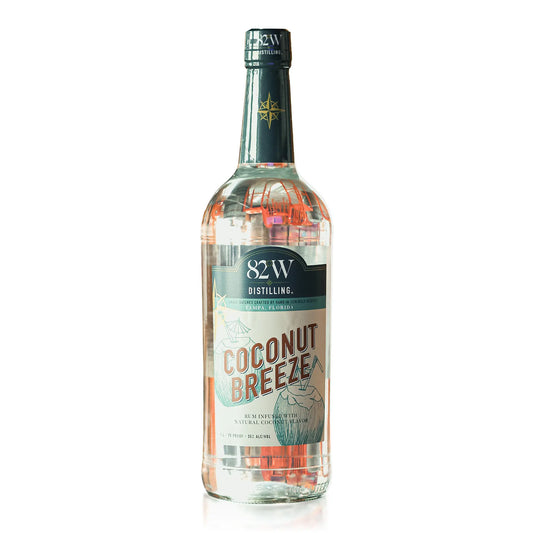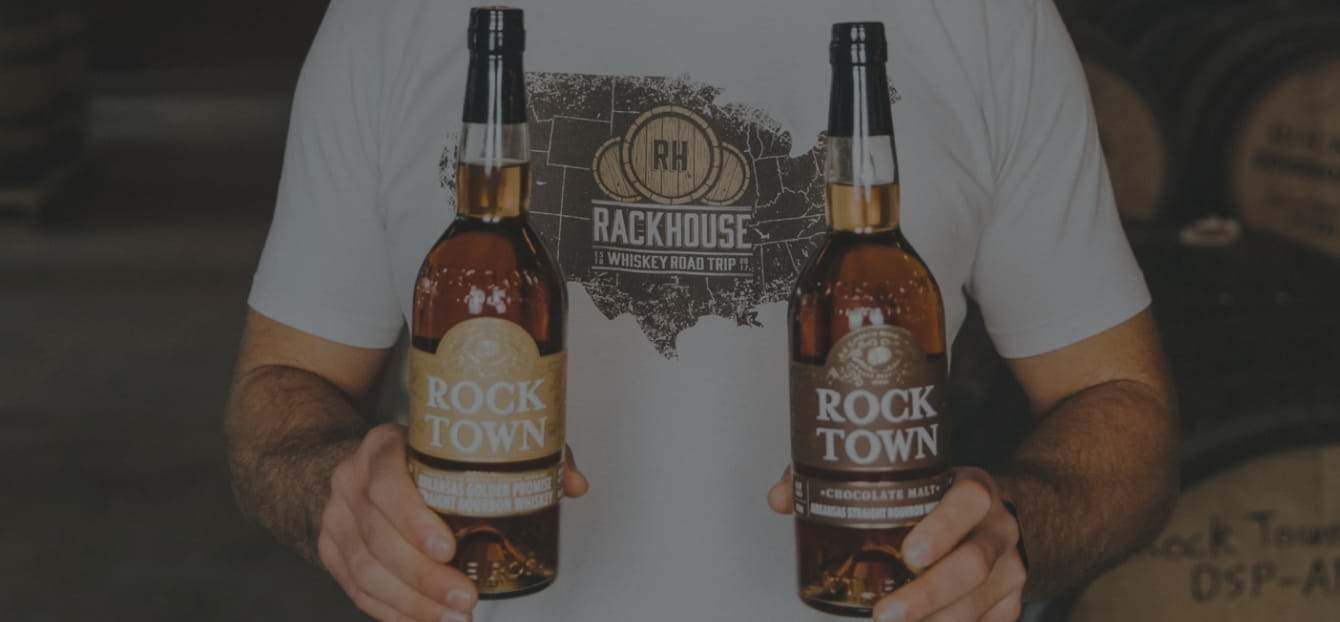
Have you ever noticed that there are two different spellings for the word whiskey? Some spell the word with an “e” and others leave the “e” off. Which one is correct? And is there a difference in taste between the two? To novice whiskey drinkers, the different styles, regions and labels can be confusing. Heck, it can trip up even the most experienced whiskey connoisseur. So, are the two variations really all that different? We’re breaking down the differences, so pour yourself a glass and read on.
But first … all whiskey starts out the same
All whiskeys start out the same in how they’re made. Grain is fermented and then distilled and has to be at least 40 percent alcohol by volume once it makes its way to the bottle. Variations in barrel type, aging time, and distillation techniques are what contribute to the many different types of whiskey.
Is there a difference between whiskey and whiskey?
In short, yes. The spelling depends on where it’s made and is linked to its country of origin. The Irish use the “e” and then American-made whiskeys followed suit. Whisky spirits are ones made in Scotland, Canada, Japan or anywhere else in the world. Whiskey lore says that the spelling contrast goes as far back to different translations of the Irish or Gaelic words for whisk(e)y. Other experts believe the Irish distillers added the “e” as a way to differentiate their product from competing whisky brands.
An easy way to remember the different spellings is to think of the countries. The countries with an “e” in their name (Ireland and the United States) get the whiskey spelling. The countries without an “e” in their name (Canada, Scotland and Japan) spell it whisky.
Is the taste any different?
Ask any true whiskey connoisseur this question and the answer is a resounding yes. Of course an Irish whiskey would taste different than a Canadian whisky but not because of where it originated or how it’s spelled. The taste difference boils down to the distillation process.
- Scotch whisky: Scotch whisky is made from either malt (malted barley) or grain (corn or wheat), and can be either a single malt/grain whisky or a blended whisky. Single malt or single grain are made at a single distillery while blended whiskies are made at multiple distilleries and then mixed together. Whisky making in Scotland is a very serious endeavor. Laws distillers must follow include aging the spirit in an oak barrel for at least three years and including an age statement on each bottle that reflects the youngest aged whisky used.
- Irish whiskey: Irish whiskey can only be made in Ireland or Northern Ireland, using a mash of malt, distilled with water and caramel coloring and then aged in wooden casks for three years before it’s ready for consumption. The resulting flavor can be grassy, grainy or bourbon-like but is much smoother than its other whiskey counterparts.
- American whiskey: There are two main categories of American whiskey: bourbon and rye. Bourbon has to be made with at least 51 percent corn and the rest either malted barley, rye or wheat. The flavor of bourbon tends to be sweet with soft spices, woodsy flavor and caramel or vanilla aftertaste. No surprise that rye whiskey is comprised of at least 51 percent rye with the rest consisting of malted barley and corn. Rye grain produces a distinct flavor of spices and fruit notes which means it has a spicier flavor than the smooth and sweet bourbon. One of the main differences between scotch and American whiskey? Scotch is always aged in used barrels while America’s native whiskeys must be aged in new, charred oak barrels which is where the aroma and a major source of flavor is derived.
- Canadian whisky: Canadian whisky must be aged for at least three years but has no requirements on the type of barrel distillers use. It contains a high percentage of corn making it lighter, smoother and less flavorful than American whiskey.
- Japanese whisky: The Scots must be doing something right because Japanese whisky was created to mimic the flavor of scotch as closely as possible. They even use similar distilling methods.
Are there any exceptions to the spelling rule?
Absolutely! Some brands tend to be rule breakers and break from the tradition when it comes to the spelling. For example, Maker’s Mark, an American whiskey, opts for the “whisky” spelling, even though it’s made here in the United States. That’s why it’s important to look at a whiskey’s origin and style before buying; don’t go off of the spelling alone.
So is any type of whiskey (or whisky) definitively better than the others? It depends on who you ask and what they most enjoy drinking. In our humble opinion, American whiskey is superior but a debate like this one is best done over a few sips. That’s where RackHouse Whiskey Club comes in. We’ll ship small batch craft whiskey made in the United States to your door so you can conveniently sip on the brown stuff and decide which is your favorite.
